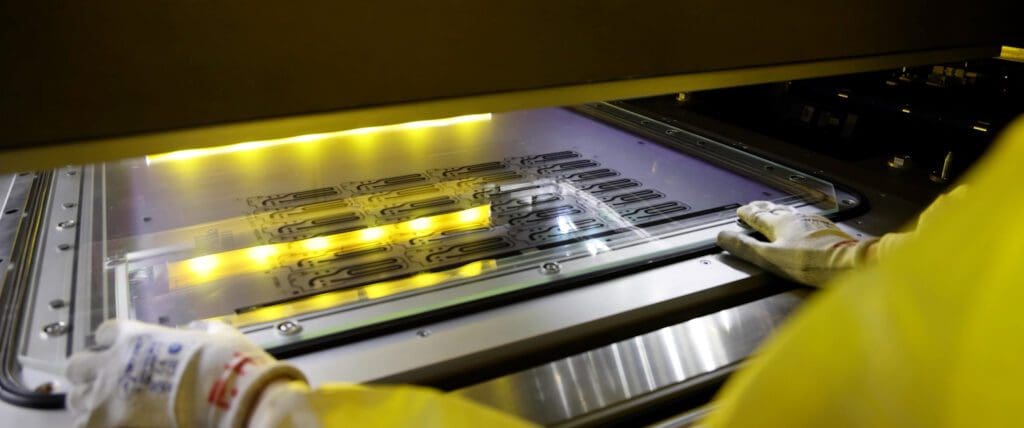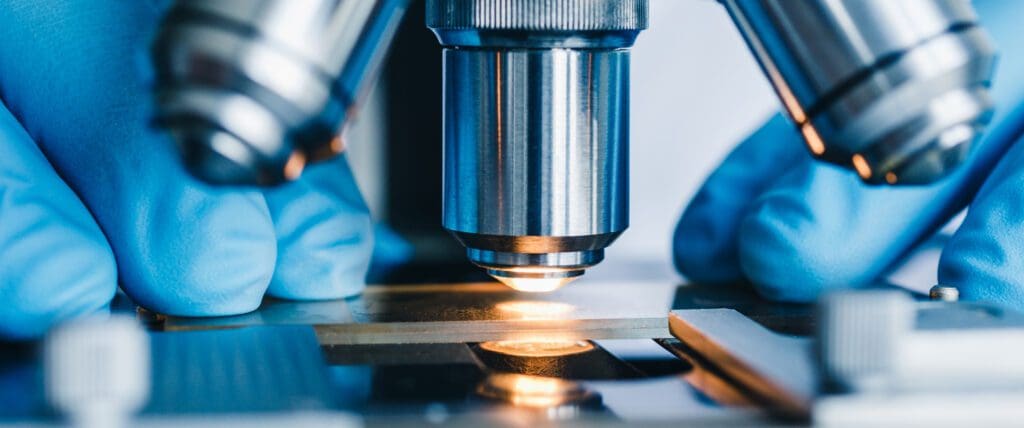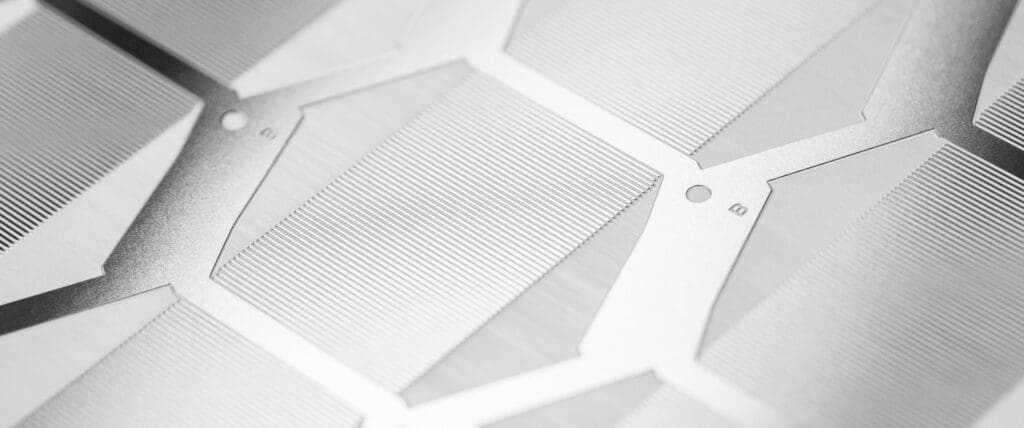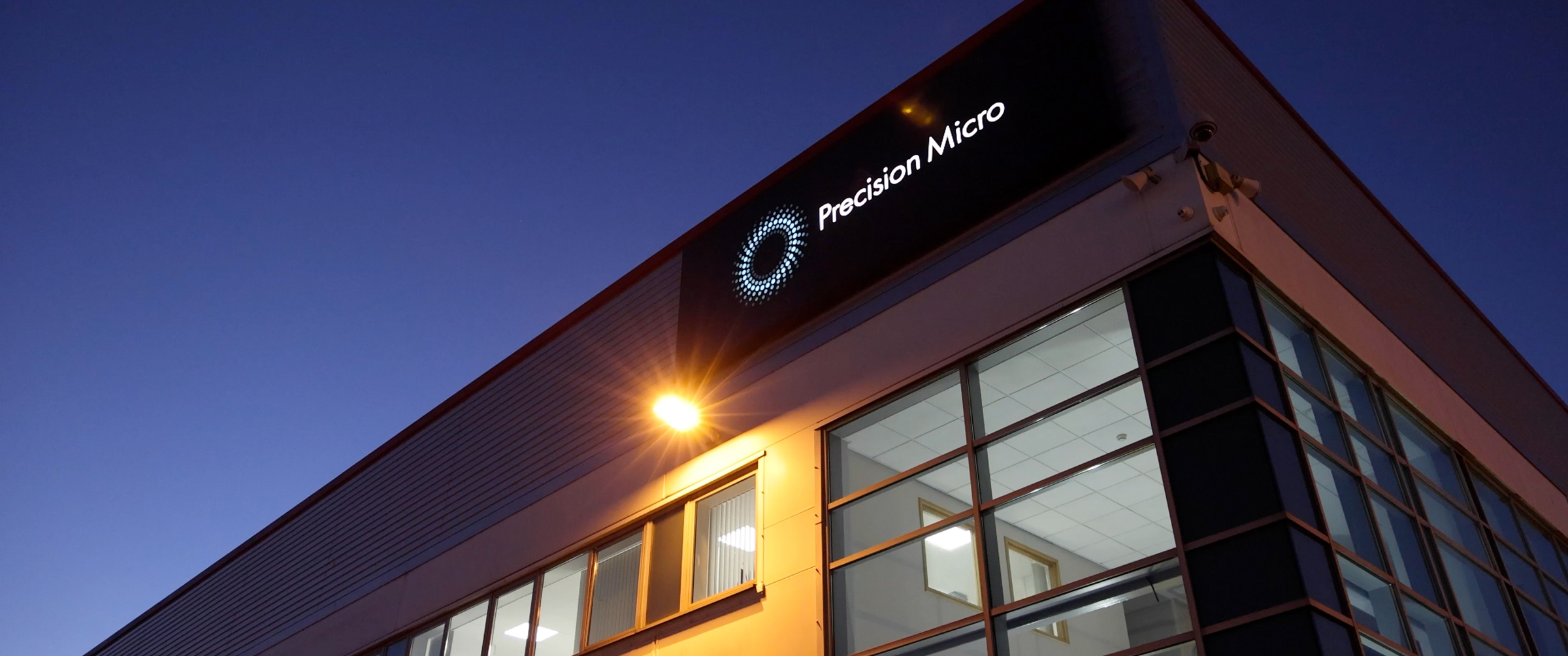Cost-effective bipolar plate manufacture for PEM & SOEC electrolysers
As the world continues to adapt to powering its vehicles, towns and cities with zero-carbon energy, the demand for new technologies is gathering pace.
In this post, we explore the current design and manufacturing process for bipolar plates, a component used in electrolysers that produce and store green hydrogen, which could be made faster and more cost-effectively using chemical etching technology.
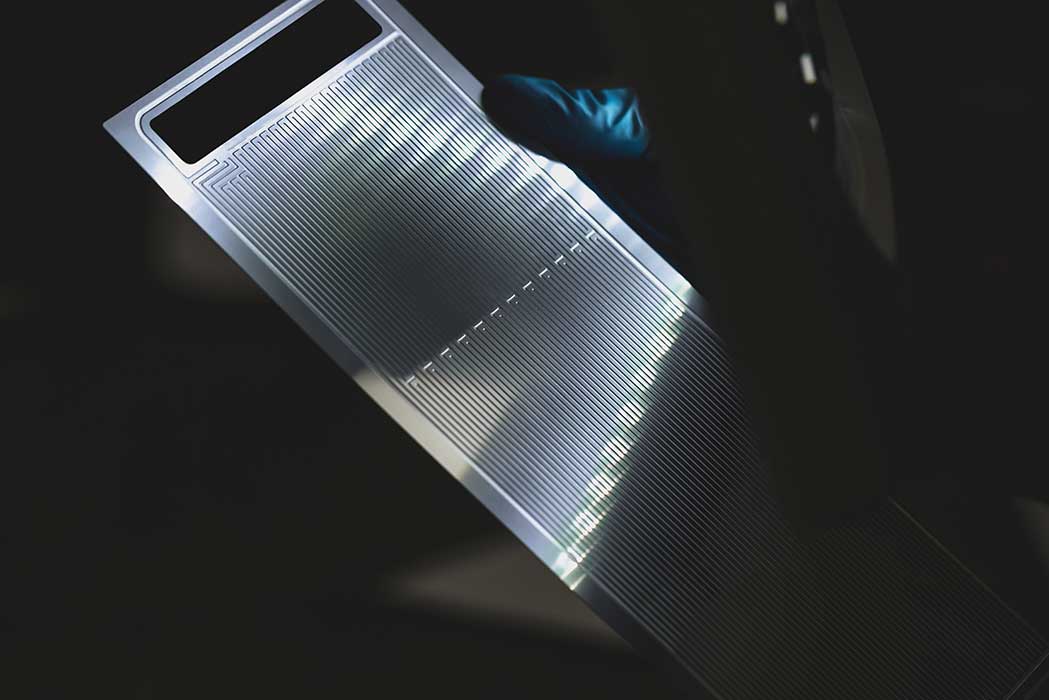
What are electrolysers?
Electrolysers use electrical energy from wind, solar or hydroelectric sources to break water into hydrogen and oxygen . The green hydrogen produced can be used to power anything from buses and cars, to generators, heating systems and machinery.
Many modern electrolyser systems are built with modules (‘stacks’) based on proton exchange membrane (PEM) or solid oxide (SOFC) electrolysis technology. And a crucial component of the PEM electrolyser is the bipolar plate, which has several important functions.
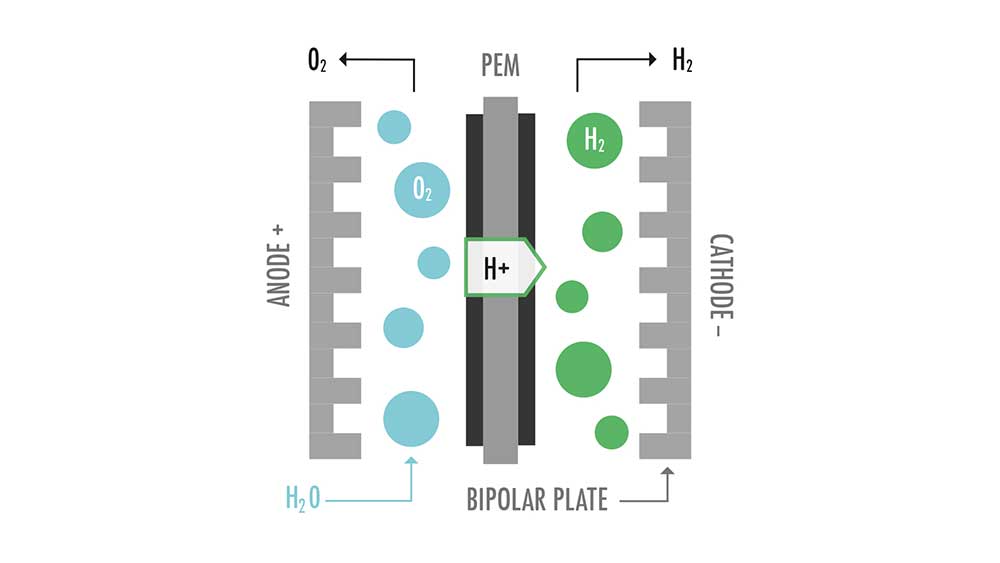
What are bipolar plates?
Bipolar plates feature precisely manufactured, complex channels that distribute water evenly in the electrolyser stack. Their core functions are for cooling the electrolyser, supplying reactant gases to the anodic sides, and evacuating the hydrogen and gases produced during the reaction.
Though bipolar plates are one of the most important electrolyser components, they are also one of the most costly. Photochemical etching provides a viable manufacturing alternative for mechanical design engineers looking to reduce these costs.
Reimagining electrolyser bipolar production
For PEM and SOFC electrolysers, bipolar plates made of carbon or carbon composites have traditionally been used because of their chemical resistance. While carbon-carbon composites and carbon-polymer composites have advantageous properties, they have low mechanical strength and low electrical conductivity – not to mention high machining costs.
Using metals for bipolar plates is usually preferred due to their low cost, low resistance and good mechanical properties. However, they must stand up to the operating conditions required in the production of hydrogen.
One of the easiest ways for engineers to increase margin on electrolysers is by revisiting the manufacturing processes of the components within them, such as the bipolar plate.
Photochemical etching is probably the most versatile of all the sheet metal machining processes. Its subtractive nature means that virtually any metal can be etched and as such, specialist corrosion-resistant metals like titanium can be machined more cost-effectively than competing processes.
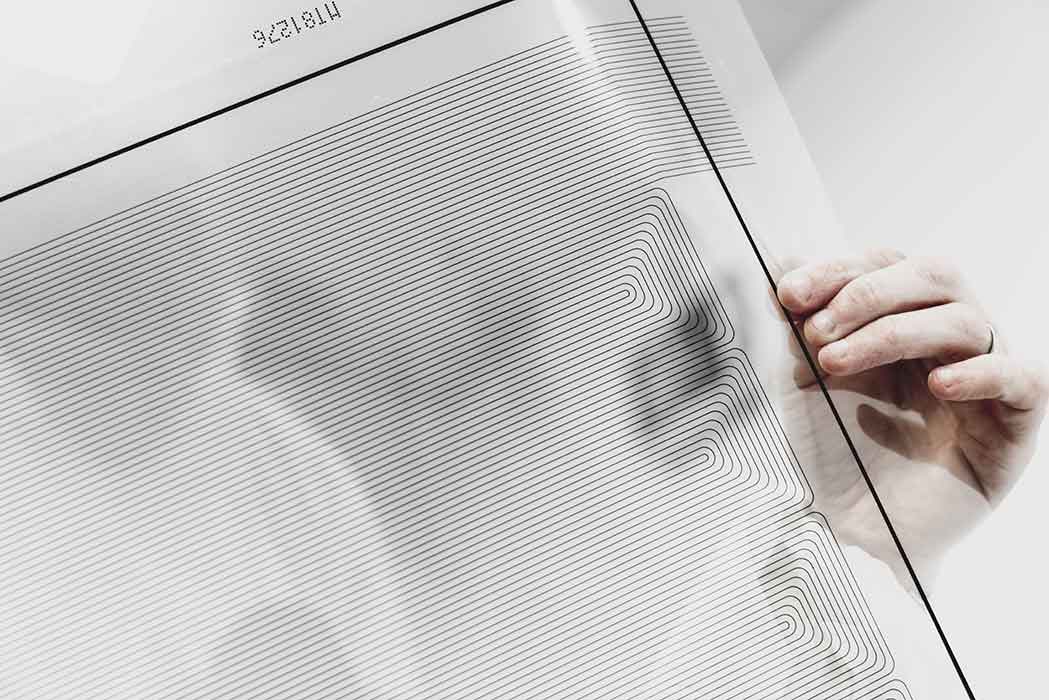
What is photochemical etching?
Photochemical etching is a subtractive sheet metal machining process that uses etchants to create complex and highly accurate precision components from almost any metal. It is an alternative process to traditional stamping and laser cutting.
The geometric complexity and tolerances offered by photochemical etching not only make it a desirable manufacturing process but, in some instances, the only technology suitable for mission or safety-critical metal components.
How to scale up electrolyser bipolar plate manufacturing
Photochemical etching offers manufacturers huge advantages for producing complex fluidic components such as bipolar plates. The process reduces inefficiencies but maintains precision and decreases time to market.
Tooling in stamping and hydroforming can be slow and uneconomical to produce, often taking many months, thus increasing development timelines. Additionally, prototyping complex channel configurations using traditional methods can run into tens, if not hundred of thousands of pounds.
The important difference between traditional machining and photochemical etching is that no hard tooling is required. Instead, digital tooling is used which is inexpensive to produce and adapt, offering more flexibility to optimise designs at a minimal cost. Photochemically etched prototypes can be created quickly and easily for hundreds, rather than thousands. Costs can also be reduced further by increasing channel feature density and manufacturing thinner bipolar plates.
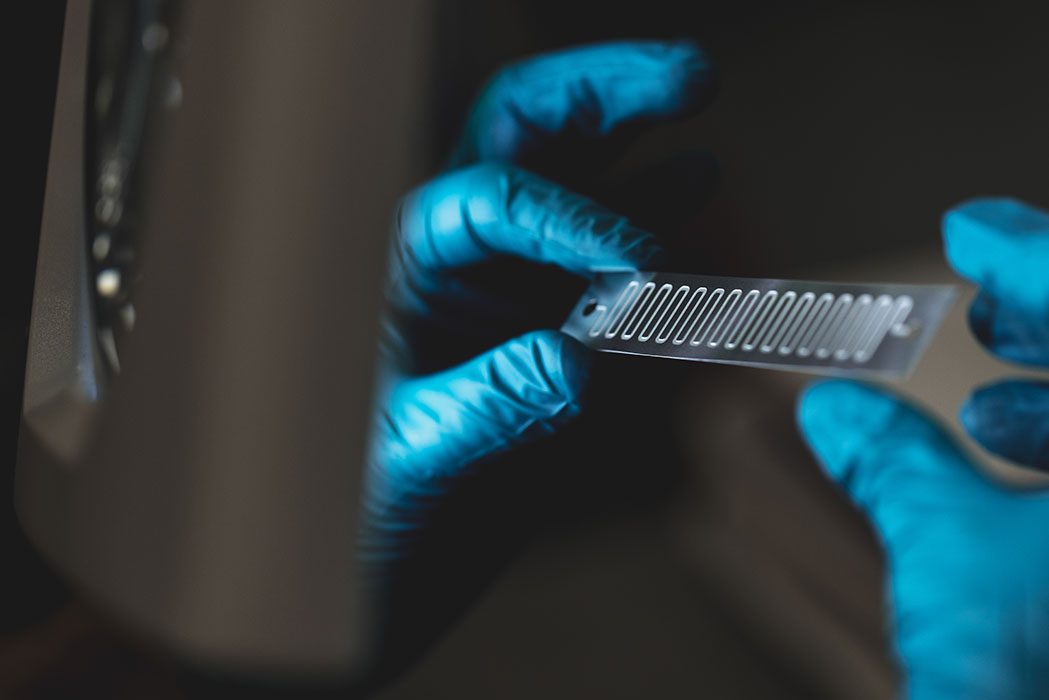
Current bipolar plate manufacturing problems
The geometry and design of flow channels in a bipolar plate have a huge effect on its performance.
The complexity of depth of the channels is limited by conventional cutting methods such as stamping and hydroforming. Hydroformed bipolar plates are prone to rupture because of the thinning of metal sheets during the forming process. As such, more complex designs can be challenging.
Stamping presents design difficulties during the manufacturing process. It can also be tough to replicate accurately due to wrinkles, surface roughness and spring back of the material. Smaller and more complex flow channels require greater stamping tonnage, which leads to the substantial increase of the machine capital cost and cycle time.
Photochemical etching offers almost unlimited part complexity. Each component is crucially burr and stress-free, completely flat and has extreme consistency. This is important for bipolar plates because imperfections can compromise stack bonding. Unlike CNC machining, hydroforming and stamping the photochemical etching process does not apply any mechanical or thermal stress that may affect the metal’s properties and achieves channel accuracy to ±0.020 mm.
And chemical etching removes metal simultaneously, meaning complex channels or flow fields can be etched on both sides of the plate. This versatility enables designers to vary the size and shape of channels and incorporate headers, collectors and port features without additional cost.
Chemical etching: a viable alternative for electrolyser manufacturing
Hundreds of research papers explore the efficiency, quality and financial limitations of producing bipolar plates. However, most papers don’t consider photochemical etching as a viable process. The only way for the industry to keep up with the growing demand for hydrogen production is to think outside the realms of costly machining processes and prototyping.
Photochemical etching allows design engineers to produce bipolar plates with lead times measured in days, not months while offering the flexibility to create complex, high-performance bipolar plates.
Upload your bipolar plate design for appraisal and pricing today, or contact us to discuss your next project.
Chemical Etching Whitepaper
Learn how chemical etching can overcome the limitations of traditional sheet metal machining technologies.
Download